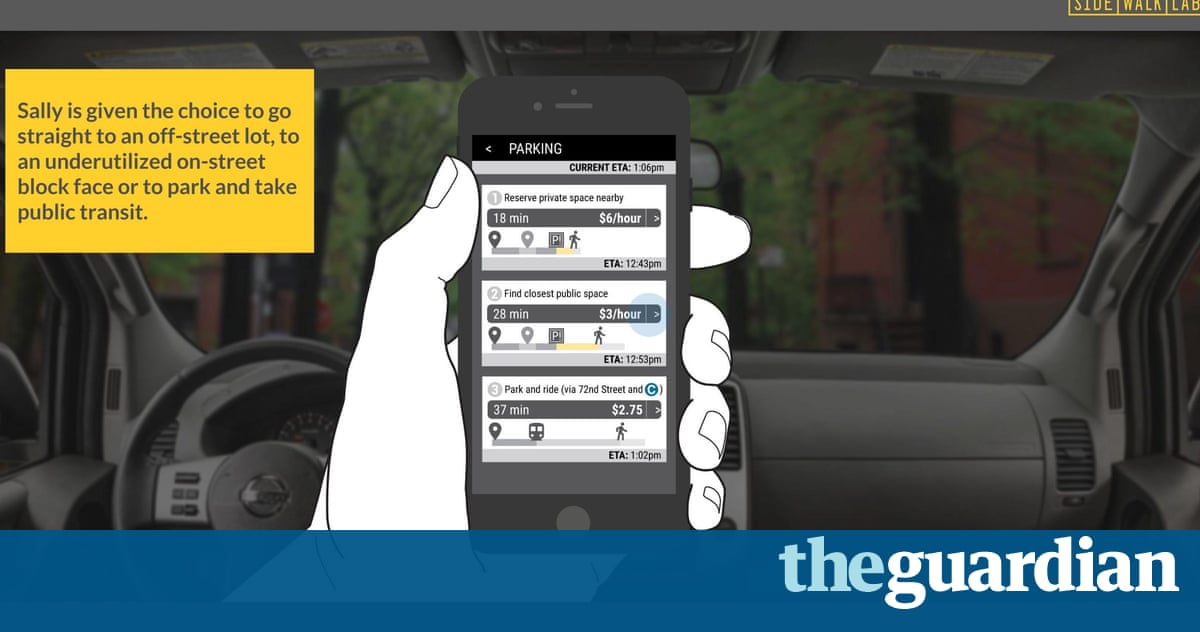
Jack Daniel’s distillery is now revealing where its whiskey recipe really originated. (AP File Photo)
For its 150th birthday, Jack Daniels Whiskey is setting the record straight.
For years, the company tells distillery visitors– about 275,000 a year– that its founder, Jasper “Jack” Daniel learned the craft of whiskey-making from Dan Call, a white moonshine distiller who also happened to be a preacher.
Now, the brand has decided to embrace a more complicated telling of how its famous whiskey came to be– a story which was already well-known to local historians.
Jack Daniel didn’t learn how to make whiskey from Call, but rather it was Nearis Green– one of Call’s slaves– who taught the novice spirit-maker everything he knew.
Jack Daniel’s is now acknowledging an ingredient hidden for 150 years: Help from a slave https://t.co/b39xsPXbEo
The New York Times (@nytimes) June 27, 2016
Its taken something like the anniversary for us to start to talk about ourselves, Nelson Eddy, Jack Daniels in-house historian tells The New York Times.
According to The Times the $2.9 billion whiskey industry has been framed as a “lily-white” affair with men like Jack Daniel and American settlers of Scottish, Irish and German settlers getting the credit for laying the foundation of a booming American spirits market. Stories involving slaves, like Green’s, can be difficult for historians to track as they rely on oral accounts and few hard documents.
But some see adopting this updated history as a marketing tactic– a mere a ploy to attract socially conscious millennials,
When you look at the history of Jack Daniels, its gotten glossier over the years, Peter Krass, the author of Blood and Whiskey: The Life and Times of Jack Daniel” told the Times. In the 1980s, they aimed at yuppies. I could see them taking it to the next level, to millennials, who dig social justice issues.
But the company insists that its only motive is setting the record straight after 150 years in business.
Call is quoted as saying, Uncle Nearest [sic] is the best whiskey maker that I know of, in a 1967 biography titled Jack Daniels Legacy by Ben A. Green.
Nearis Green was just one of many slaves that made up the majority of the workforce in the distilling industry and never received the credit due for their skills and labor.







